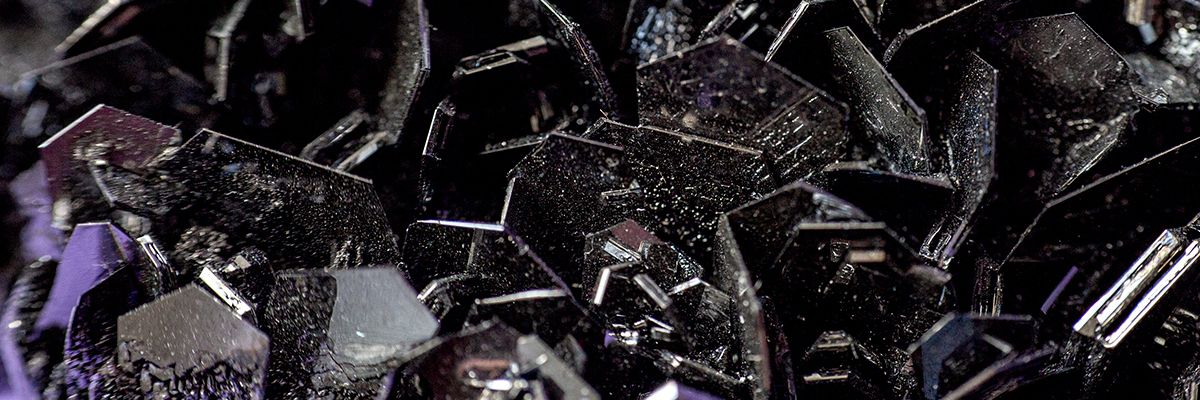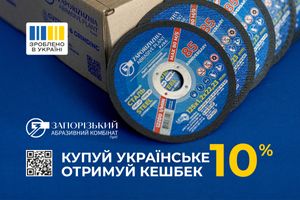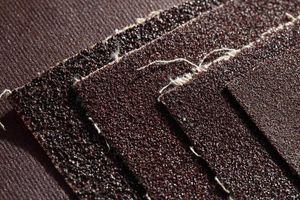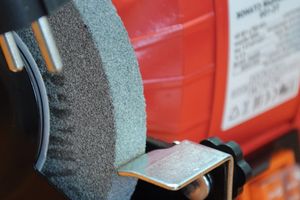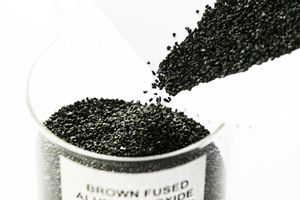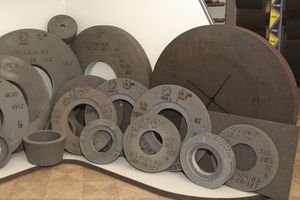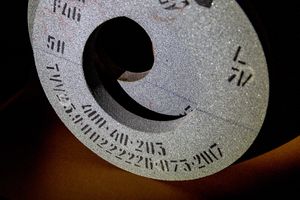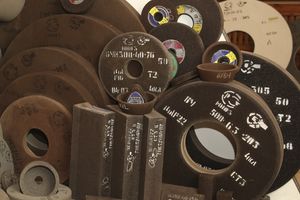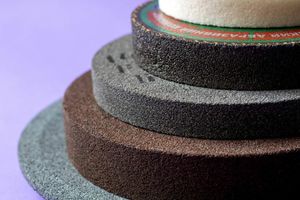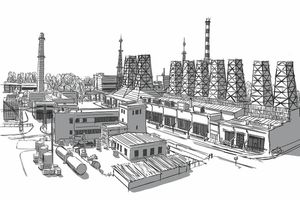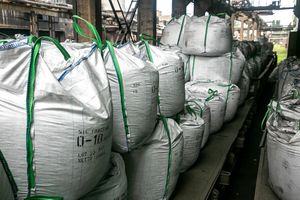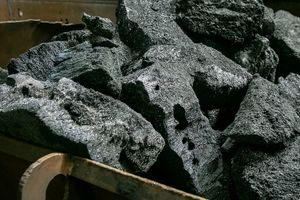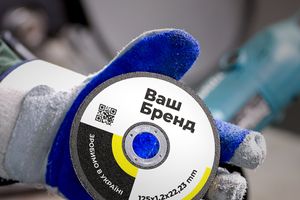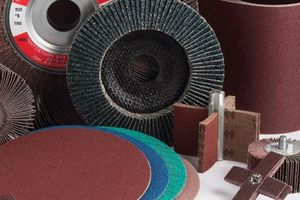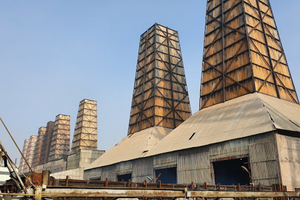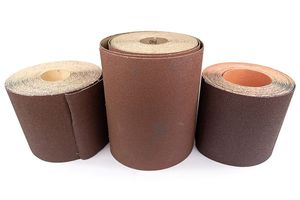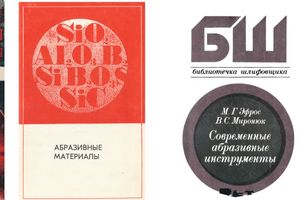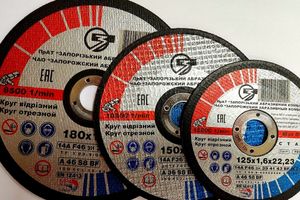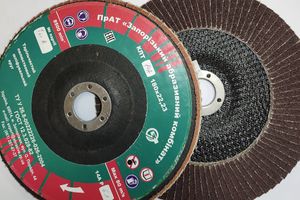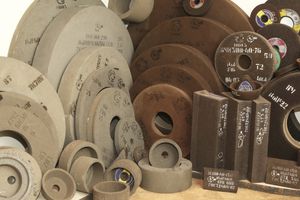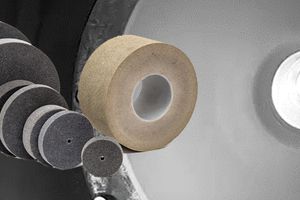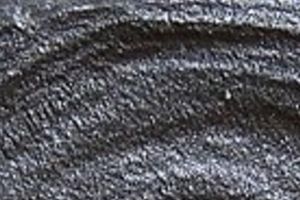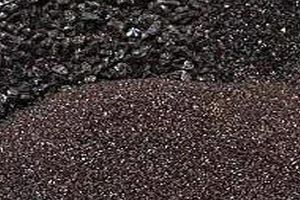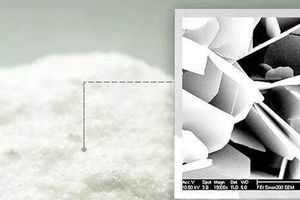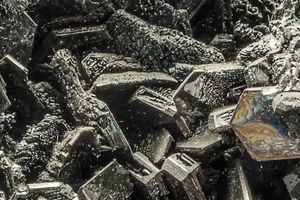A scraping disc is an abrasive tool designed for rough removal of material from the surface of workpieces. It is used for preliminary processing of metals, wood, stone and other hard materials. Grinding discs are made of abrasive materials such as aluminum oxide or silicon carbide, which ensure high processing efficiency.
The main characteristics of the scraper disc include:
Abrasive material: the choice of abrasive material depends on the type of material being processed. For example, aluminum oxide is suitable for steel, and silicon carbide for hard and brittle materials.
Grain size: determines the degree of roughness of processing. Fine-grained discs provide a smoother finish, while coarse-grained discs remove material faster.
Disc diameter: selected depending on the type and size of the tool on which the disc will be used.
Mounting Type: Discs can have different mounting types to suit different types of grinders.
Use of scraping discs
Metalworking: removal of rust, welding seams, surface preparation before painting or other types of finishing.
Woodworking: removal of old varnish, paint, grinding of rough surfaces.
Stone processing: grinding and processing of natural stone.
Safety rules
Use of safety glasses, gloves and masks to protect against dust and sparks.
Check the disc for cracks or damage before use.
Install the disc on the tool according to the manufacturer's instructions.
Ensuring that the disk is securely fastened before starting work.
The correct choice and use of a scraping disc will ensure efficient and safe processing of materials.
Types of abrasive discs
Flat discs: Used for general grinding and material removal. They provide uniform surface treatment.
Cone discs: designed for processing hard-to-reach places and performing more precise work.
Discs with an end working surface: suitable for processing corners and edges.
Fiber discs: consist of a hard layer of abrasive applied to a fiber base. They are used for rough grinding and surface preparation.
Flap discs: have several layers of abrasive petals that provide gentle and even material removal. Suitable for grinding curved surfaces and edges.
Selection of a scratch disk
Abrasive material: choose the abrasive material according to the type of material to be processed.
Granulometry: fine-grained discs ensure a smooth surface, coarse-grained - quick removal of material.
Diameter and thickness: choose according to the tool on which you will use the disk.
Rotation speed: check the maximum permissible rotation speed of the disc and compare with the characteristics of the sander.
Maintenance and care of abrasive discs
Storage: keep discs in a dry place protected from direct sunlight.
Cleaning: regularly clean the discs of accumulated dust and residues of the processed material.
Inspection: Check discs regularly for cracks or damage. Replace damaged discs immediately.
Correct use: Avoid overloading the disc and using it on materials for which it is not intended.
Advantages and disadvantages of abrasive discs
Advantages
High efficiency: fast and effective removal of material.
A variety of shapes and sizes: you can choose a disk for any task.
Strength and durability: made of quality materials, which ensures a long service life.
Disadvantages
Noise and vibration: may produce strong noise and vibration during operation.
The need for protective measures: the need to use personal protective equipment.
Costs: High quality abrasives can be quite expensive.
Conclusion
Grinding discs are an indispensable tool for a variety of tasks in metalworking, woodworking and other industries. They provide high productivity and efficiency of material processing. Choosing the right disc, following safety rules and proper maintenance will allow you to make the most of this tool and ensure safe operation.
